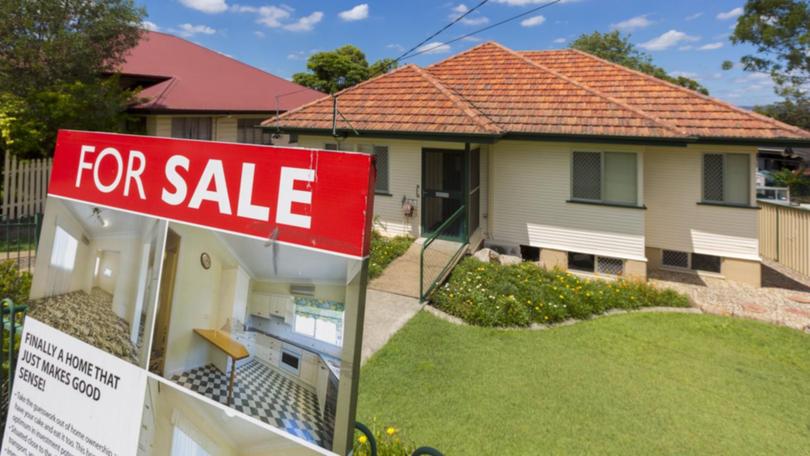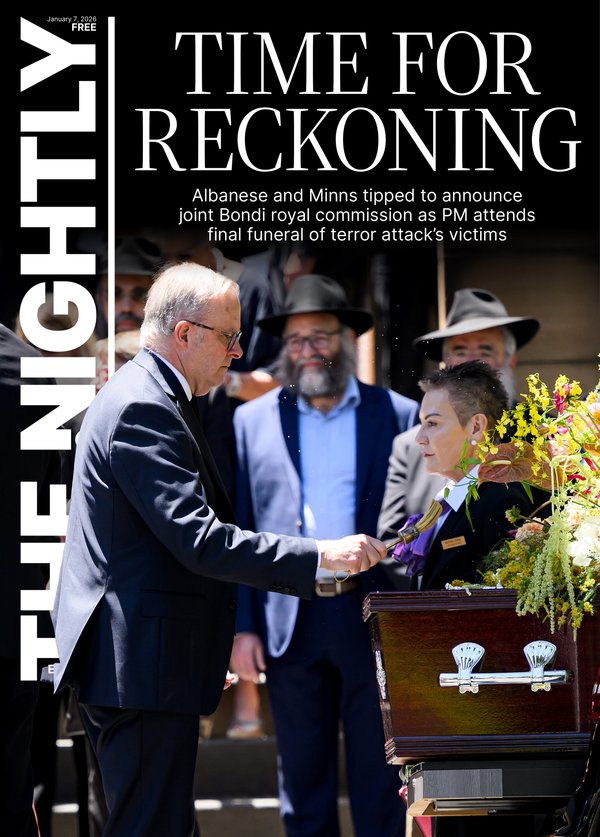'Everything points to a slowdown': Australian property loses its heat, favours buyers as budgets max out

Homebuyer budgets are finding a ceiling, slowing the pace of property price growth.
Domain chief of research and economics Nicola Powell says the housing market appears to be shifting in favour of buyers.
“Supply is rising, days on the market are lengthening, discounting is also increasing,” she told AAP.
Sign up to The Nightly's newsletters.
Get the first look at the digital newspaper, curated daily stories and breaking headlines delivered to your inbox.
By continuing you agree to our Terms and Privacy Policy.“Everything points to a slowdown overall, and it’s very possible that we could see a dip in price even over the final quarter of this year, on that aggregate capital city level.”
However, prices were still going up in the three months to September.
Domain recorded 0.8 per cent growth in the quarter and slightly more for units, with both finding record highs.
But prices are not rising as fast, with the pace of quarterly house prices in Sydney and Perth growing half as quickly as in the previous quarter.
Dr Powell said apartments performing better than houses in cities such as Sydney and Melbourne was evidence of stretched affordability and buyers seeking out less expensive options.
Inflation and wage growth — robust but not enough to keep up with the housing market — were weighing on demand, along with high interest rates clipping borrowing capacity.
“As prices continue to climb, the buyer pool becomes increasingly limited,” Dr Powell said.
“Consequently, as purchasing power diminishes, buyers find it more challenging to remain competitive, leading to a further slowdown in activity.”
She said buyers were “waiting on the sidelines” for firmer signals on interest rate moves.
“We’ve seen listings rise ... but it’s just not been matched with a higher level of demand because I do think buyers are kind of just waiting.”
The Reserve Bank of Australia has been keeping the key cash rate elevated to slow inflation, which has been moderating but is still outside the two to three per cent target band.
In the September quarter, Brisbane, Adelaide and Perth continued to do better than other capital city property markets.
House prices in Adelaide gained another 4.2 per cent, 3.1 per cent in Perth, and 1.5 per cent in Brisbane.
With Queensland’s median house price approaching the $1 million mark, demand for units has picked up, with apartment prices up 3.3 per cent.
Dr Powell said many cities were able to keep climbing because they started from a relatively low base, with Perth, for example, underperforming for much of the 2010s.
As well as playing catch-up, these cities had experienced strong rates of interstate migration.
With growth expected to continue in Brisbane and Adelaide, Dr Powell said Australia was on track for five capital cities with median house prices above $1 million.
Melbourne had been holding surprisingly weak, with house prices down 1.5 per cent and units up a modest 0.5 per cent.
Dr Powell chalked Melbourne’s subdued performance up to tax changes, weaker interstate migration and a better track record on home-building than elsewhere.
